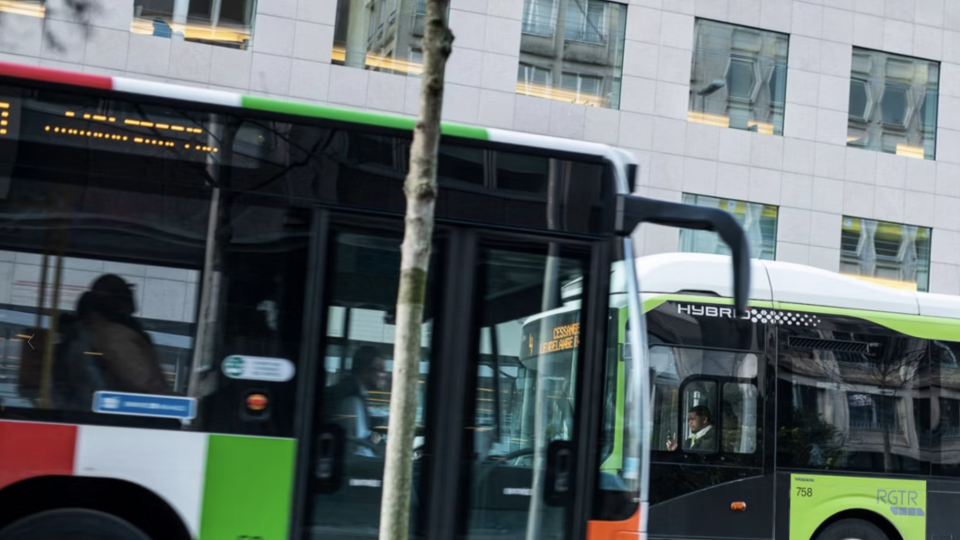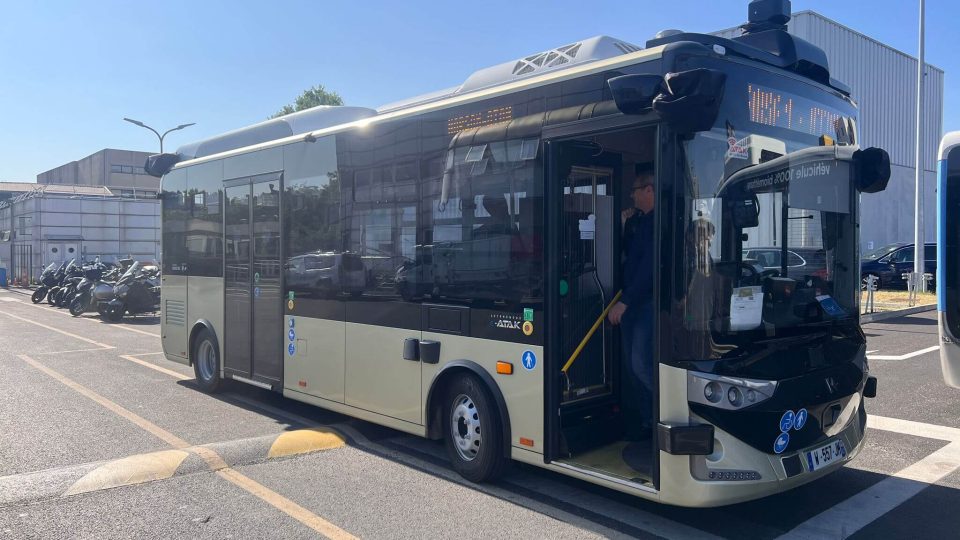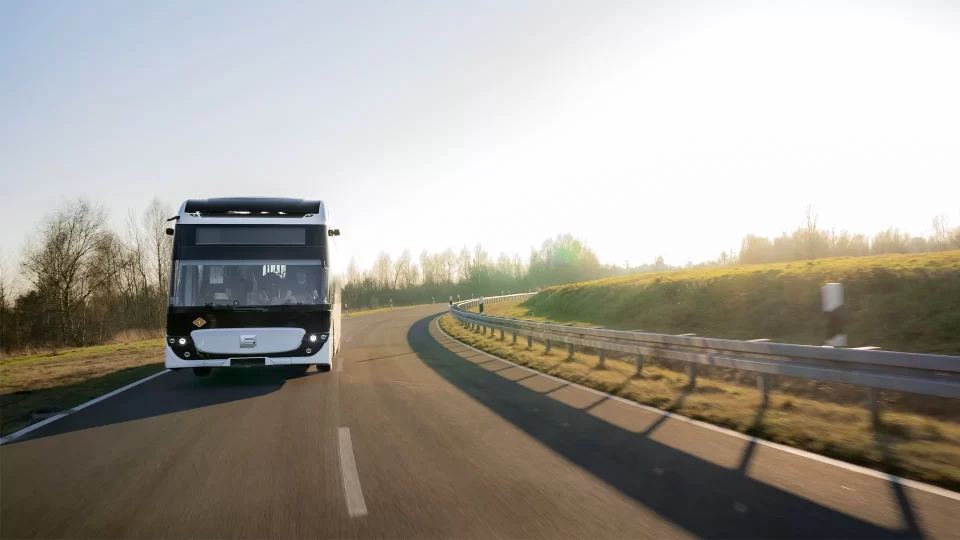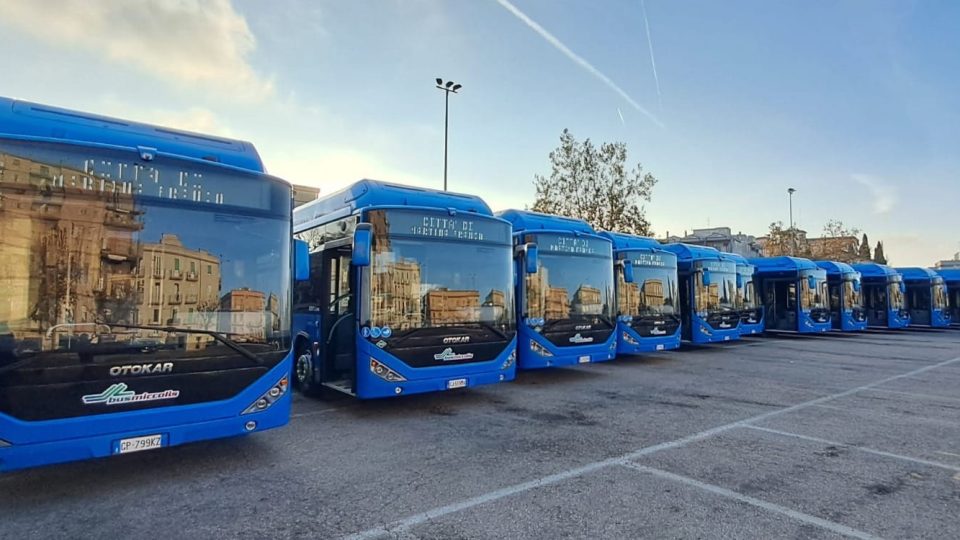Public transport to increase share as private car use declines, says McKinsey
“Within the next decade, the mobility ecosystem will most likely undergo a transformation not seen since the early days of the automobile — and one main shift will be the decline of private-car use”. It’s the opening of McKinsey “The future of mobility” paper, where Kersten Heineke, Nicholas Laverty, Timo Möller, and Felix Ziegler outline […]
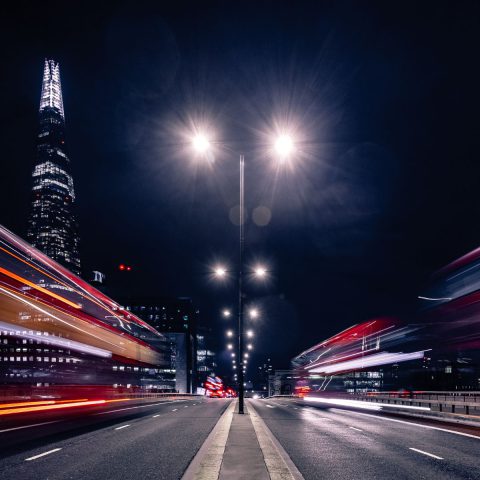
“Within the next decade, the mobility ecosystem will most likely undergo a transformation not seen since the early days of the automobile — and one main shift will be the decline of private-car use”.
It’s the opening of McKinsey “The future of mobility” paper, where Kersten Heineke, Nicholas Laverty, Timo Möller, and Felix Ziegler outline the dominant trends in mobility.
“To gain ridership, numerous local authorities are adding routes, building infrastructure, and introducing express lines from suburbs to city centers. As a result, the share of Passenger Miles Traveled for mass transit is expected to increase by 2035. Traditional public transport systems in large European cities are set to increase their share in the mobility mix from 23% in 2022 to 35% in 2035.
McKinsey “The future of mobility” paper
Private ownership of vehicles contributes to road congestion, with private cars still accounting for 45% of all trips globally. To combat this, over 150 cities have implemented measures to limit emissions from private cars and promote greener transport. As a result, the percentage of passenger miles traveled (PMT) in private cars is expected to decrease by approximately 15 points by 2035. Innovative mobility options like roboshuttles and urban air taxis could emerge as technology advances. Micromobility is expected to see significant growth, with McKinsey analysts forecasting the market value to more than double to about $440 billion by 2030.
Also shared mobility is going to play a role. It’s no surprise that “Uber is doubling down on shared rides in an effort to make ride-hailing less expensive and cities more livable”, as covered on Axios (what is interesting, this strategy is also related to the group’s goal to become a zero-emission platform by 2030 in US, Canada and Europe, and globally by 2040).
Public transport in the future of mobility
Public transport is a key factor in the future of mobility, as consumers increasingly prefer more efficient, green, and convenient options. McKinsey’s study highlights that public transportation systems are generally underutilized in Europe. “To gain ridership, numerous local authorities are adding routes, building infrastructure, and introducing express lines from suburbs to city centers. As a result, the share of Passenger Miles Traveled for mass transit is expected to increase by 2035. New transportation modes, such as carsharing and robo-shuttles, could account for almost 20 percent of the total PMTs of some European cities”.
According to the consultancy, traditional public transport systems in large European cities are set to increase their share in the mobility mix from 23% in 2022 to 35% in 2035.
In China, mass-transit systems will be extended to meet the growing demand for mobility and minimize the requirement for private cars. Therefore, “the share of PMT traveled via private vehicles in tier-one cities is expected to decline by about 18 percent by 2035. Public transportation is expected to retain its 48 percent PMT share and remain dominant”.
Long story short: in the next decade “public transportation, e-scooters, e-bikes, and minimobility could become preferred transport modes, rather than a last resort for people who cannot afford cars”.



